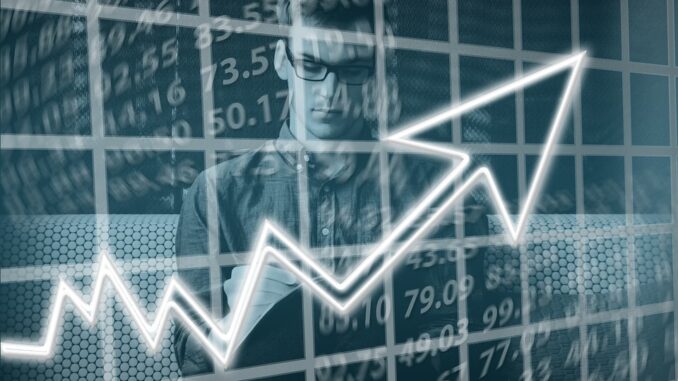
The Rise of Algorithmic Trading: Exploring the Role of Data Science in Market Predictions
In recent years, the financial industry has witnessed a seismic shift in the way trading is conducted. Traditional methods, driven by human intuition and analysis, have given way to algorithmic trading, where complex mathematical models and data patterns guide buying and selling decisions. This transformation has been made possible by advances in data science, which plays a crucial role in making accurate market predictions.
Algorithmic trading, also known as algo trading, involves the use of computer programs that automatically execute trades based on pre-defined rules and strategies. These algorithms are designed to analyze vast amounts of historical and real-time market data to identify patterns, trends, and other significant indicators. By leveraging data science techniques, such as machine learning and statistical analysis, algo trading systems can make predictions and execute trades with incredible speed and precision.
One of the key advantages of algorithmic trading is its ability to eliminate human bias and emotion from the decision-making process. Human traders are often subject to psychological biases, such as fear, greed, and overconfidence, that can cloud judgment and lead to poor investment choices. Algo trading systems, on the other hand, rely solely on data-driven analysis and predefined parameters, ensuring a disciplined and consistent approach to trading.
The success of algo trading lies in the quality and quantity of data it leverages. Data science plays a pivotal role in collecting, organizing, and analyzing extensive datasets, including historical price records, news feeds, financial reports, and social media sentiment. These datasets are fed into sophisticated algorithms that identify patterns and correlations, helping uncover hidden insights that can impact market movements.
Machine learning algorithms, a subset of data science, have revolutionized trading strategies by enabling systems to adapt and learn from data. These algorithms can identify complex patterns and make predictions based on historical data. For example, a machine learning system can learn from past market data to predict future price movements for a particular stock or asset class. This learning process is often iterative, allowing the system to continually refine its models and improve prediction accuracy.
Another application of data science in algorithmic trading is high-frequency trading (HFT). HFT involves executing a large number of trades in milliseconds, profiting from small price discrepancies. Data scientists work to optimize algorithms and trading strategies to process vast amounts of market data in real-time, enabling HFT systems to react to market events and opportunities instantaneously.
While algorithmic trading has the potential to generate substantial profits, it also carries certain risks. System failures, connectivity issues, and erroneous data can impact trading performance and result in financial losses. Additionally, the reliance on historical data patterns may prove insufficient in times of extreme market volatility or unexpected events. Data scientists are continuously working to develop robust risk management tools and improve models to mitigate these risks.
The rise of algorithmic trading and its reliance on data science has transformed the financial landscape. Traditional trading methods are evolving to embrace technological advancements and exploit the power of big data. As data science techniques continue to advance, algorithms will become even more sophisticated, fueling further growth in algo trading and revolutionizing the way financial markets operate.
In conclusion, data science plays a critical role in the rise of algorithmic trading. By leveraging vast amounts of data and advanced statistical models, algo trading systems can make accurate predictions and execute trades with speed and accuracy. As technology and data science techniques continue to advance, algorithmic trading is poised to shape the future of financial markets.

Be the first to comment